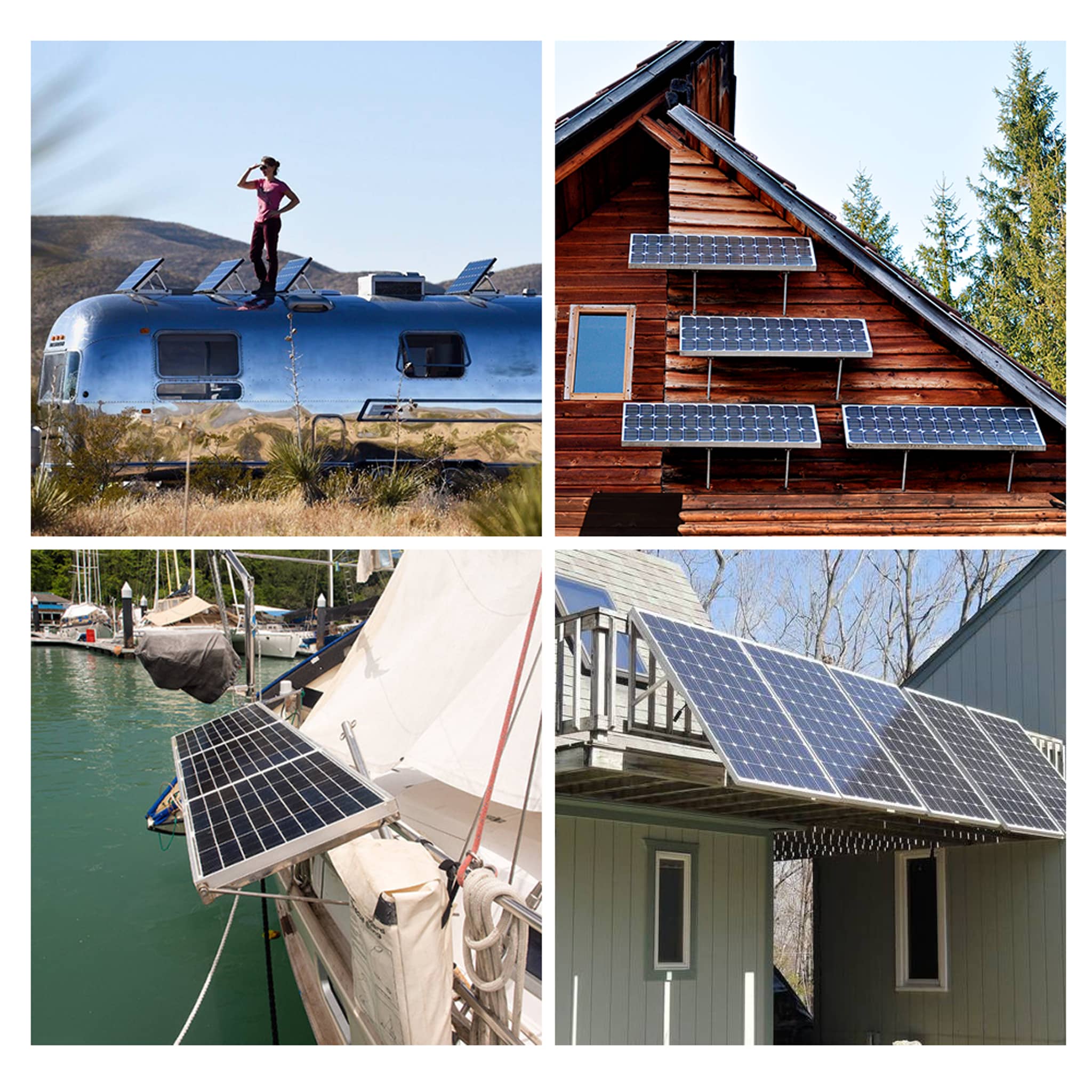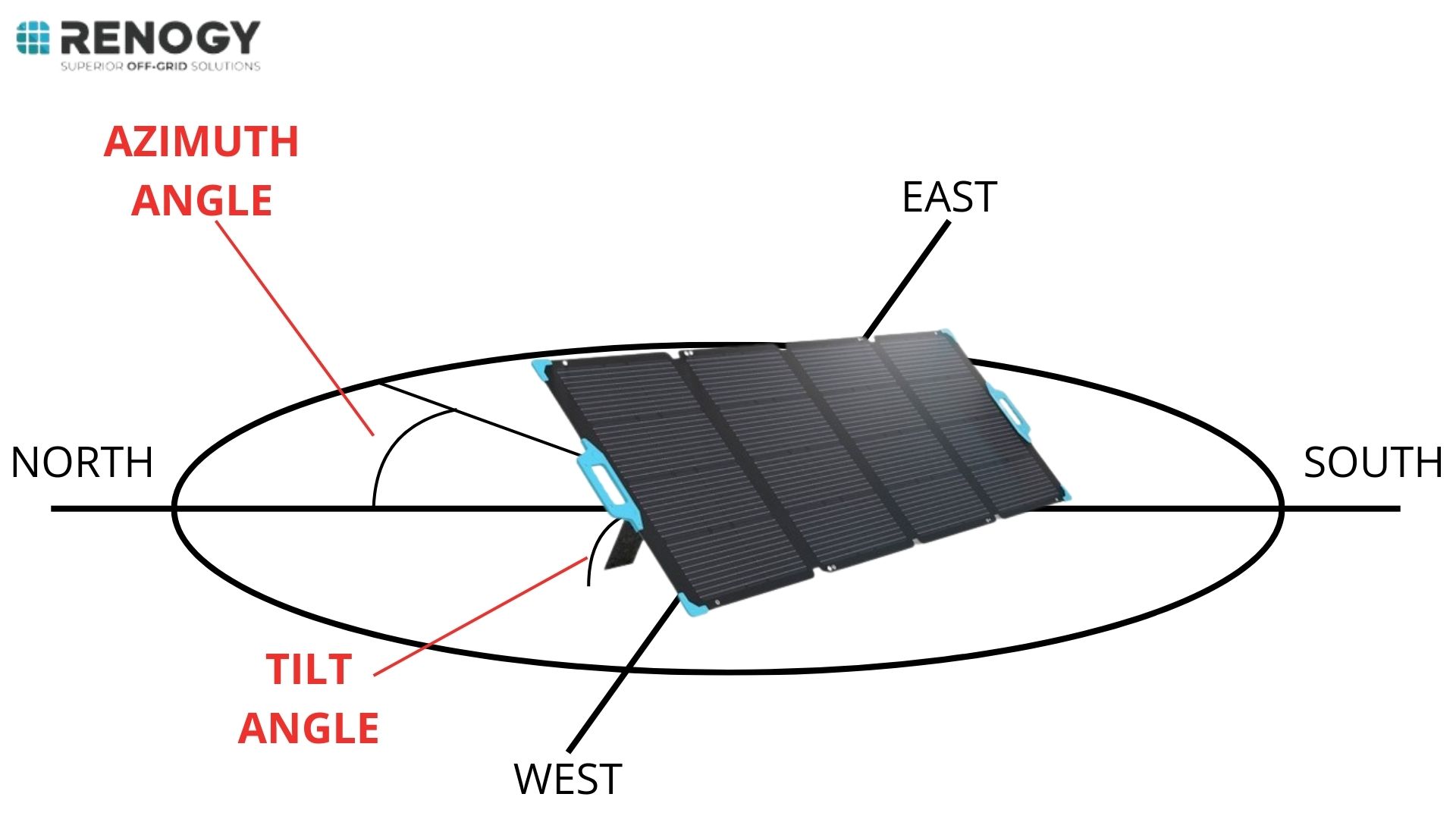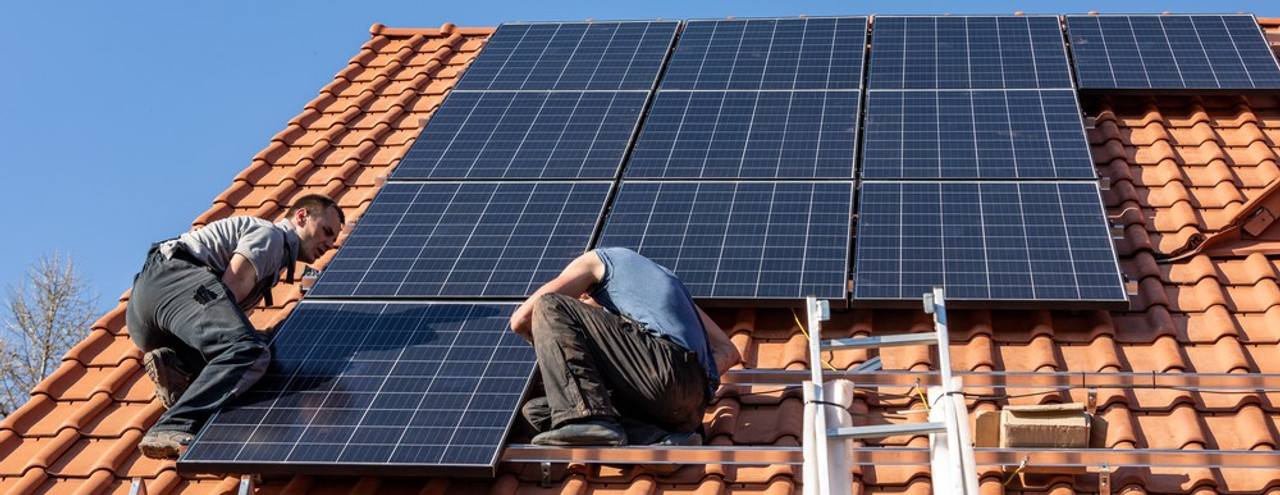What is the Best Angle for Solar Panels? Maximizing the Efficiency
Positioning solar panels at the best angle is essential for maximizing the efficiency of your solar energy system. The optimal solar panels angle allows the photovoltaic cells to capture the most direct sunlight throughout the year. Factors like geographic location, season, tracking capability, and obstructions impact the ideal tilt and orientation. Getting the angle right ensures your panels produce as much electricity as possible from available sunlight. Even a few degrees off the mark can significantly reduce output over the 25-30 year lifespan of a solar installation. This guide covers calculating the best angle for solar panels based on your site's unique conditions.
Why Does Solar Panel Angel Matter
The angle at which solar panels are installed is a critical factor in determining their efficiency and energy production potential. Getting the best angle for solar panels allows the photovoltaic cells to directly face the sun's rays and capture maximum sunlight exposure over the course of the day and year.

Solar panels work by absorbing photons from sunlight and converting that light energy into electricity. The more direct sunlight that strikes the panel surface, the more photons are absorbed, and the more electricity is generated. When solar panels are positioned at an optimal tilt angle, they can harvest significantly more solar energy.
Even a relatively small adjustment off the ideal angle can result in substantial losses of solar exposure and output over the 25-30 year expected lifespan of a solar installation. For example, solar panels installed at a 40 degree tilt may produce 10-25% more electricity annually compared to horizontal panels in many locations. Properly angling the panels allows capturing more total solar radiation during peak sun hours when production is highest.
Considering the high upfront costs of solar, ensuring maximum solar panel performance by getting the angle right is critical for the fastest return on investment. The ideal tilt angle differs based on latitude and local conditions, which is why careful calculation is needed to optimize solar panel angles for each specific site.
Solar Panel Orientation
In addition to tilt angle, the orientation or azimuth angle of solar panels is another crucial factor impacting their performance. Orientation refers to the directional facing of the solar array in relation to the sun's path across the sky.
For year-round energy production, solar panels should generally be oriented toward the equator - due south in the northern hemisphere and due north in the southern hemisphere. This positioning allows the panels to track and absorb sunlight across the entire day's solar window as the sun moves from east to west.
Deviating too far from the ideal equator-facing orientation can significantly reduce annual sun exposure and energy yields. For example, solar panels facing east or west rather than south (in the northern hemisphere) may produce 15-40% less electricity over the course of a year.
However, solar panel orientation is also influenced by the system's tilt angle and tracking capabilities. For fixed-tilt arrays, a slightly east or west orientation bias can actually increase summer energy harvest in the morning and evening hours. Ground-mounted solar trackers can automatically adjust orientation throughout the day.
Local factors like obstructions blocking certain directional exposures may also impact the optimal solar panel orientation for capturing maximum sunlight at a particular site. An experienced solar installer can evaluate all variables to find the precise direction and azimuth angle maximizing solar production year-round.
How to Get the Best Angle for Solar Panels
Determining the ideal tilt angle for solar panels involves considering geographic latitude and the seasonal sun position. As a general rule, the panel tilt angle should roughly equal your latitude during winter when the sun's path is lowest. In summer when the sun is higher overhead, a shallower angle closer to horizontal can maximize exposure.
For most locations, solar panels installed at a fixed tilt equal to the site latitude +/- 15 degrees will capture reasonable sunlight year-round. However, calculating precise annual and seasonal tilt angles optimizes performance. There are models and software that compute the best angle based on your address and local conditions like weather, taking into account the sun's position hourly across the year from your latitude/longitude.

The result provides two key tilt angles to maximize annual energy - the best fixed angle, as well as optimum winter and summer angles if re-positioning 2-4 times per year is an option. A dual-axis tracker can automatically follow the sun's trajectory.
For residential rooftop solar, the available roof pitch factors into the panel tilt. The most common roof pitches on U.S. homes range from 3-in-12 (14 degree) low slope to 6-in-12 (26.6 degree) steep slope, with 4-in-12 (18.4 degrees) and 5-in-12 (22.6 degrees) being very typical for asphalt shingle roofs.
Solar panels are typically mounted flush with the existing roof slope to minimize wind lift. So the most prevalent residential solar panel tilts likely fall within 14-27 degrees, with 18-23 degree tilts common to match 4/12 and 5/12 pitched roofs.
Using Renogy's adjustable solar panel tilt mount brackets allows you to properly orient the panels at the perfect pitch for your site's solar access and roof, ensuring maximum energy production.
Factors Affecting the Optimum Solar Panel Angle
The angle at which you install your solar panels plays a crucial role in maximizing their energy production. Here are the key factors that determine the best angle for your solar panels:
- Latitude: Your geographic latitude is the primary factor influencing the optimal tilt angle for solar panels. Generally, the optimal angle is equal to your latitude plus 15-20 degrees in the summer and minus 15-20 degrees in the winter. This angle ensures that the panels receive maximum sunlight throughout the year.
- Seasonal Variations: The sun's position in the sky varies throughout the year, with higher angles during the summer and lower angles during the winter. Adjustable solar panel mounts allow you to change the tilt angle seasonally, ensuring optimal performance year-round.
- Roof Pitch: If you're installing solar panels on your roof, the roof pitch can influence the optimal tilt angle. In some cases, it may be more cost-effective to align the panels with the roof pitch rather than installing them at a different angle.
Which One is Important: Angle or Orientation
In optimizing solar panel efficiency, the orientation of the panels towards the sun's path throughout the day and year is paramount. The direction in which solar panels face - typically south in the northern hemisphere - directly influences the amount of sunlight they receive. Proper orientation ensures panels capture sunlight when it is most abundant and at its highest intensity, maximizing energy production. This alignment is crucial because it establishes the foundation for the panels' exposure to sunlight, affecting their overall efficiency.
Conversely, while adjusting the tilt angle of solar panels can optimize energy capture during specific times of the day or year, its impact is generally secondary to orientation. Tilt angle adjustments are more about fine-tuning and optimizing efficiency rather than fundamentally altering the amount of sunlight received. Therefore, correct orientation towards the sun is prioritized in maximizing solar panel performance, ensuring panels are positioned optimally to receive the maximum available sunlight and thereby generate more electricity efficiently.
Conclusion
Determining the best angle for solar panels is crucial for maximizing efficiency and energy production. The ideal angle, typically between 30 to 45 degrees depending on factors like latitude and seasonal sunlight variations, ensures optimal sunlight absorption throughout the year. While orientation towards the sun is important, the angle significantly impacts the amount of solar energy captured. Understanding these factors and adjusting panel angles accordingly can significantly enhance the performance and viability of solar panel installations. For more insights on optimizing solar panel angles, explore our FAQs about solar panel angle adjustments.
FAQs about Solar Panel Angle Adjustments
1. Are tracking systems for solar panels worth it?
Tracking systems for solar panels can be worth it depending on your specific needs. While fixed-tilt systems are simpler and cheaper, tracking systems can increase energy production by up to 25% by following the sun's path throughout the day. They're beneficial in regions with high electricity costs or limited roof space. However, they require more maintenance and have higher upfront costs, so consider your location, budget, and energy goals before deciding.
2. Is it better to have solar panels flat or angled?
Angling solar panels is generally better than having them flat. Tilted panels optimize sunlight capture, especially if adjusted to your geographic latitude, increasing efficiency. Flat panels can accumulate debris and water, reducing performance and requiring more maintenance. The optimal angle maximizes exposure to direct sunlight throughout the day and year, significantly boosting energy production compared to flat installations.
3. How do I determine the best angle for solar panels if my roof orientation isn't ideal?
To determine the best angle for solar panels on a suboptimal roof, start with your geographic latitude as the base tilt. Adjust slightly higher or lower to maximize sun exposure. Consider steeper tilts in winter and flatter in summer. Solar tracking mounts can enhance efficiency by dynamically adjusting the angle. Consulting a solar energy expert can provide personalized recommendations based on your specific roof and location.











